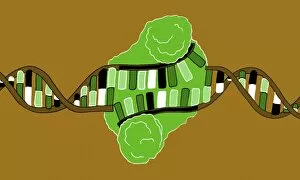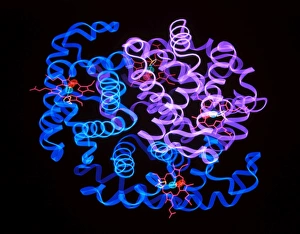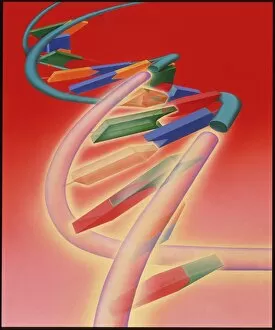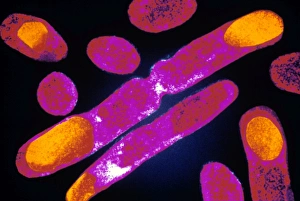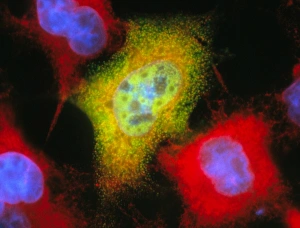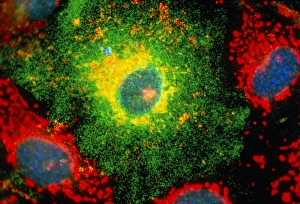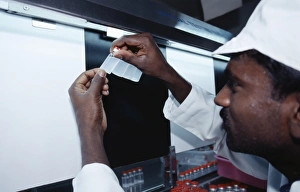Recombinant Collection
"Unlocking the Power of Recombinant DNA in Microbiology Laboratories" In the world of microbiology
All Professionally Made to Order for Quick Shipping
"Unlocking the Power of Recombinant DNA in Microbiology Laboratories" In the world of microbiology, a groundbreaking technique called recombinant DNA has revolutionized scientific research. Through the use of restriction enzymes and DNA manipulation, scientists are able to create new combinations of genetic material that were previously unimaginable. Illustration C018 / 0785 depicts this intricate process, showcasing the precise cutting and splicing of DNA strands using restriction enzymes. These specialized proteins act as molecular scissors, allowing scientists to isolate specific genes or segments for further study. Within the walls of a bustling microbiology laboratory (Microbiology laboratory C013 / 7251), researchers diligently work on various projects involving recombinant DNA. The lab is abuzz with activity as technicians meticulously handle samples and conduct experiments. One experiment focuses on gene transfer between different organisms (Microbiology laboratory C013 / 7249). By introducing foreign genes into bacteria or other microorganisms, scientists can enhance their capabilities or even produce valuable substances such as insulin or vaccines. Another project involves creating genetically modified organisms (GMOs) for agricultural purposes (Microbiology laboratory C013 / 7248). By inserting desired traits into crops, researchers aim to improve yield, pest resistance, and nutritional content – potentially solving global food security challenges. The importance of safety protocols cannot be overstated in these laboratories (Microbiology laboratory C013 / 7247). Scientists wear protective gear like gloves and lab coats while working with potentially hazardous materials. Strict containment measures ensure that genetically modified organisms do not escape into the environment unintentionally. Collaboration is key within these labs (Microbiology laboratory C013 / 7246), where multidisciplinary teams come together to tackle complex problems. Biologists work alongside chemists, bioengineers, and other experts to push boundaries and unlock new possibilities through recombinant DNA technology.

